U.S. stocks closed higher overnight as President Donald Trump unveiled his long-awaited reciprocal tariff plan without enforcing immediate measures. The market responded favorably to the lack of fresh tariffs, easing concerns about an abrupt escalation in trade tensions. In turn, Treasury yields and the U.S. dollar moved lower, reflecting a shift in sentiment away from safe-haven assets.
Trump’s directive instructs his administration to begin assessing tariff discrepancies between the US and its trading partner, including evaluation of non-tariff barriers. Also, the White House appears to be taking a targeted approach, prioritizing countries with large trade surpluses and high tariff rates on US exports.
Howard Lutnick, Trump’s nominee for Commerce Secretary, will lead the study, with findings expected by April 1. This extended timeline gives markets some breathing room and suggests that while trade tensions remain a concern, abrupt disruptions are unlikely in the near term.
Equities responded positively to the development, with S&P 500 rebounding strongly and edging closer to its all-time high of 6128.18. Technically, firm break of 6128.18 will resume the long term up trend, with 618% projection of 5119.26 to 6099.97 from 5773.31 at 6379.38 as next target.




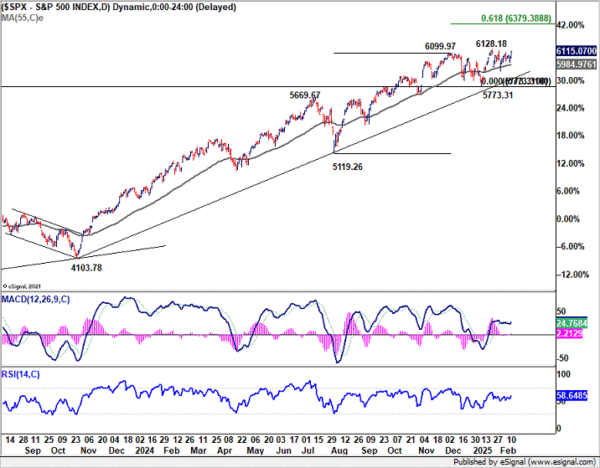
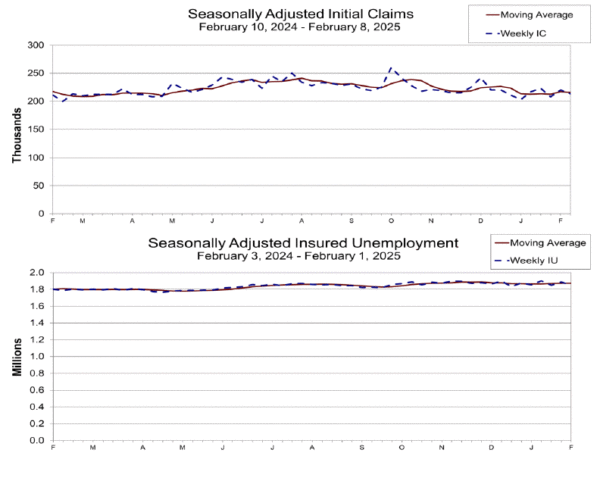
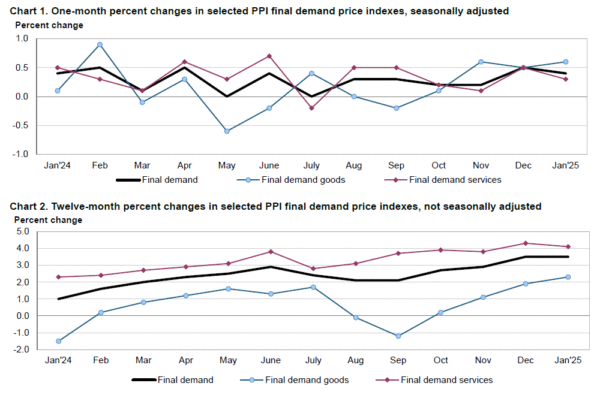
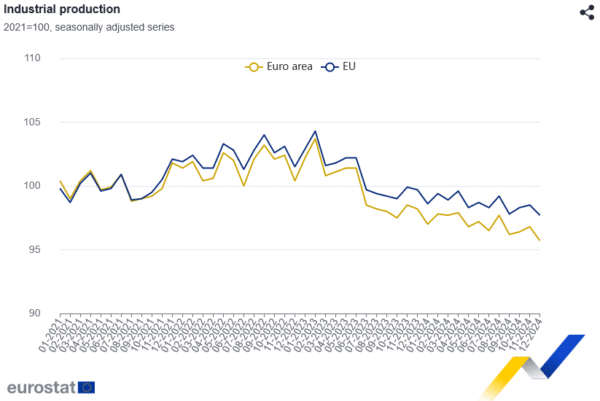
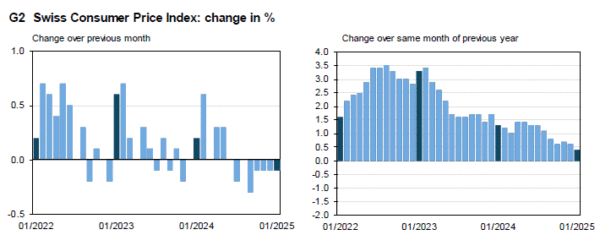
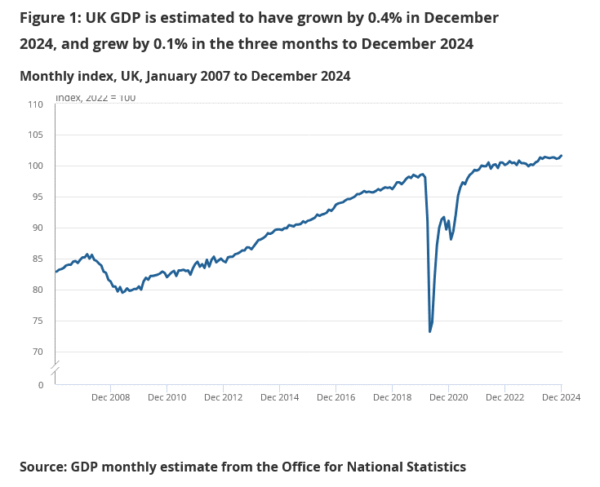
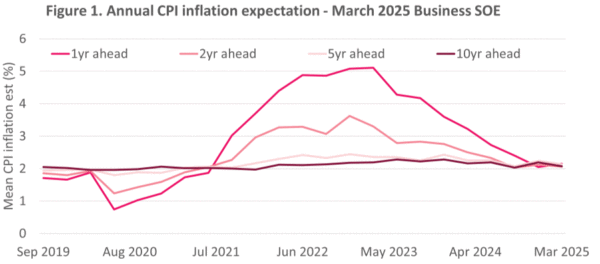
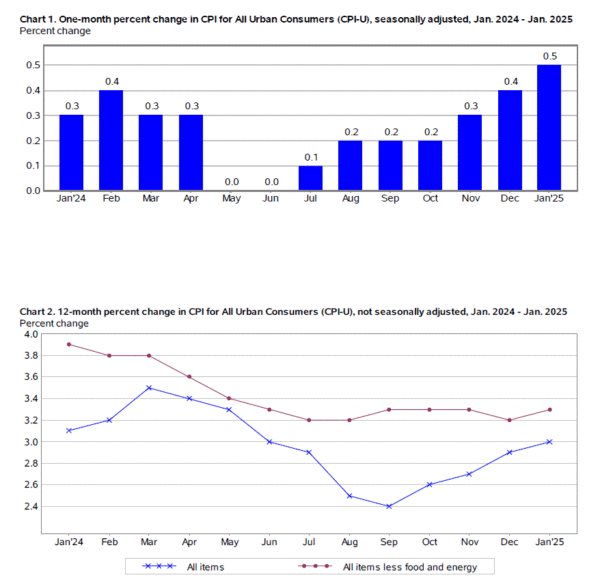
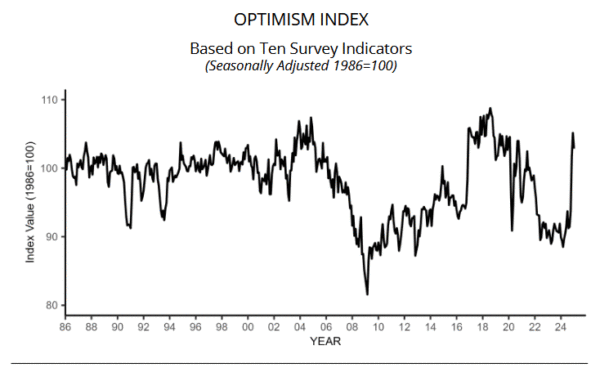

NZ BNZ manufacturing rises to 51.4, first expansion in nearly two years
New Zealand’s manufacturing sector finally returned to expansion in January, with BusinessNZ Performance of Manufacturing Index surging from 46.2 to 51.4. This marks the first expansion in 23 months and the highest reading since September 2022. While the rebound is a positive sign for the economy, the index remains below its long-term average of 52.5, suggesting that the sector has yet to regain full strength.
Encouragingly, all sub-indexes entered expansionary territory. Production saw a significant jump from 42.7 to 50.9. Employment also rose from 47.7 to 50.2. New orders climbed from 46.8 to 50.9, while finished stocks and deliveries improved to 51.9 and 51.7, respectively.
BNZ’s Senior Economist Doug Steel highlighted the significance of the data, noting that the sector is “shifting out of reverse and into first gear.” He acknowledged the improvement as a relief after two difficult years but cautioned that the PMI still lags behind its historical average.
Full NZ BNZ PMI release here.